To the Kavango: Sandy tracks, mission stations & rapids
I picked up some unusual travelling literature on a recent trip through Namibia, a book called ‘Faraway Sandy Trails’ written by Lily Marion Newton more than sixty years ago. It gave me the opportunity to compare routes and find amusing and interesting anecdotes about the country and the days of travel before organised tourism and tar roads.
This time I focused on Lily’s trip to the Kavango Region when she accompanied her husband Charles to Rundu (or ‘Runtu’ as she called it) on official business. It was the highlight of all their travels in the country. As they struck out from Grootfontein into new country on a cold June morning they were all wildly excited.
Before the construction of the main road to the north, travellers used the old ox-wagon track that followed the Omatako River through the soft sand further east and the journey northwards was an adventurous expedition. For the trip they were given the use of a three-quarter ton truck on which they packed a forty-four-gallon drum of petrol, ten gallons of water, food for ten days, tent-beds (mosquito-proofed), bedding, a spare wheel, an extra tyre and tube, spare springs, canvas tarpaulins, clothes and a rifle in case of an emergency.
Lily wrote: ‘The road was in very bad condition: sandy with deep dongas crossing at all angles and Charles, who was driving, had a difficult task negotiating these with our heavily-laden lorry. We reached Nurugas (the name has now been changed) in the early afternoon; this is the last police post in that part of the country and borders on the big eastern game reserve. Here the rifle was sealed and our permit to enter the Okavango district endorsed.’
More than sixty years later, I followed Lily’s route eastwards, veering off the B8 onto the gravel C44 towards Tsumkwe. When I reached Maroelaboom I looked for the old police post. There was nothing to be seen. It was a lazy Sunday afternoon and a group of men sat outside the Maroela Tree Shop chatting and sipping on Tassies and Coke. When I explained what I was looking for, the owner walked me through his farm gate across the road and pointed to the spot. The old building was just visible through a thicket of swarthaak and as much as I tried to duck and weave my way through the thorny bushes, I had to eventually admit defeat. While I was grateful to be able to retrace my steps to the main road and continue on the tar, Lily and her party would have continued on the road less travelled.
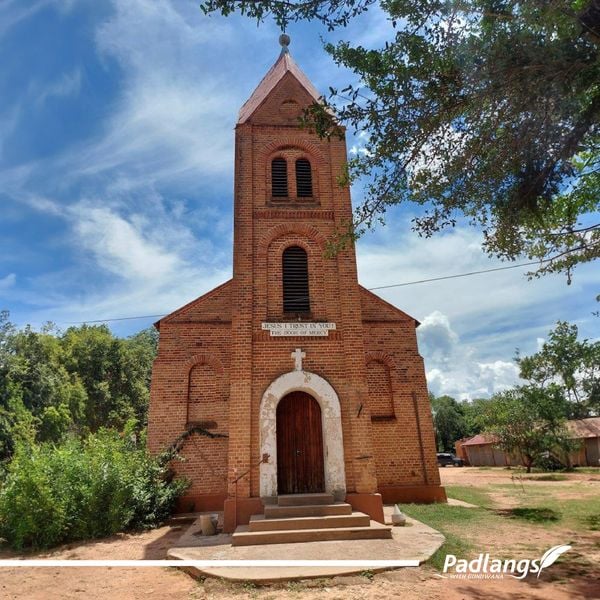
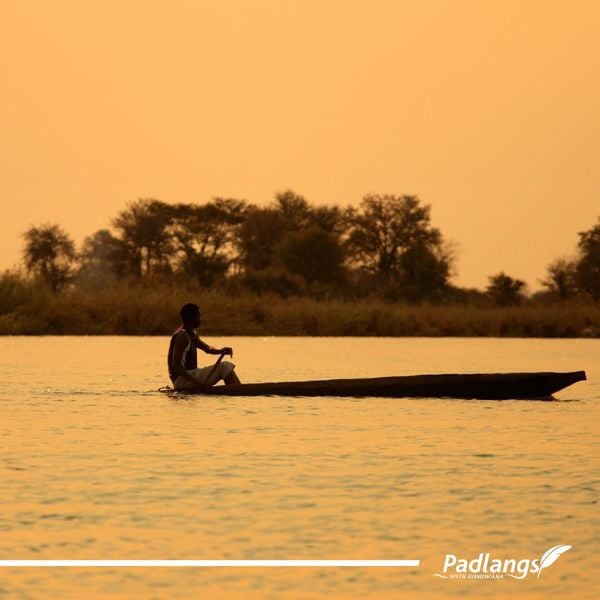

According to travelling etiquette they had a cup of coffee with the sergeant and his wife at the police post before continuing to Karakuwise (Karukuwisa). Lily described how the route was through heavy sand which had to be negotiated in second gear with the truck scraping along the high middelmannetjie and how the track wound around to such an extent that after a while they were confused enough to imagine that they were travelling to all the points of the compass at once. It took nearly five hours to do the seventy-five miles!
Karakuwise provided welcome relief and better tracks (filled in with grass and sand) and in Rundu they were welcomed by the commissioner who had hot baths waiting for them. In the afternoon they partook in a boat trip on the Okavango River, which had swollen its banks after heavy rains in Angola. Lily shared a canoe with the commissioner, ever conscious of the possible presence of crocodiles, and enjoyed the changing scenery on the river banks as the sun dipped in the sky. The following day they were offered a ride on camels (Lily’s camel had an evil eye and regarded her with positive loathing while stomping towards the nearest tree to try and scrape her off its back) and had the opportunity to attend three court cases where people vented their grievances about the theft of an ox, a divorce case was settled and outstanding wages paid.
With justice meted out and peace resumed, Lilly and Charles visited the Sambiu (Shambyu) Catholic Mission Station (now called the St Joseph Roman Catholic Mission Station) ‘about twenty miles downriver’ with its sprawling marula tree at the entrance and it school hostel. And when asked by the local doctor if they wanted to accompany him and his party further eastwards into the Caprivi the next day, they jumped at the chance. They paid their respects, once again, at Sambiu on the way past ‘for no one passes a Mission Station there without calling to see if all is well’. Many miles later they visited the Catholic Mission, Nyangana, where they walked around the gardens sampling delicious mandarins, and enjoyed coffee and cake with the brothers. The road was very rough, especially after the unseasonal rains, and they bounced over some nasty ruts eventually coming to a halt. After discovering that the driver had left the tools in Rundu, the men gathered around the engine, putting heads together and searching for the trouble, some giving advice from the sidelines. When they were done, much of the engine had been dismantled and reassembled with pliers and a screwdriver and the vehicle miraculously started.
The group could then continue with their journey using the main ‘highway’ further away from the river as the road skirting the Okavango was still mostly underwater. As they travelled eastwards they were captivated by the beauty around them. ‘We were now about to enter the Caprivi and the vegetation grew lovelier as we progressed. The forests held Charles and me almost spellbound with their beauty,’ Lily enthused. ‘That June autumn had still her paintbrush in hand and the foliage ranged through the tints from pale yellow to the richest russet, the tenderest green to deep olive and darkest brown. Beauty of growth and beauty of colour were showered about us wherever we looked.’
They visited Popa Falls, which Liy explained are ‘not really falls but cascades interspersed with islands’ and wrote: ‘Surely there can be no lovelier place than this far distant stretch of the Okavango’.
On their return trip they visited the Andara Mission Station not far from Divundu, where ‘the Okavango is divided into many channels by huge tees and bush covered islands, the church is set back from the water’s edge flanked by citrus orchards and the priests have built a weir upstream whence the water flows along a wide canal to an old-fashioned water wheel’. They crossed the river in a large canoe which had a fairly fast leak, watching the rising water in the boat and the slow approach of the opposite bank. When they landed, relieved, on a heavy wooded island, they walked to see Execution Rock and Victims’ Pool. In the ‘bad old days’ people who had committed crimes were said to be thrown into the turbulent waters to be thrashed against the rocks, their remains ending up downstream in a small pool for the crocodiles to feast on.
Following in Lily’s tracks we set out to visit the mission stations she mentioned from the lovely Hakusembe River Lodge on the outskirts of Rundu, first stopping at the St Joseph Roman Catholic Mission Station at Shambyu with its marula trees and school hostels where the parish secretary kindly showed us around. Further on, we visited Nyangana where some of the citrus trees remained and the tower of the old church still reached into the big blue sky. A few days later I made it to Andara where I strolled along the path from the river to the church elegantly flanked by a line of trees. The handyman showed me the rusty remains of the waterwheel. I asked him if he had ever heard about Execution Rock and Victims’ Pool and was relieved to hear that those days are long gone and it is now just a memory recounted by the old people. On my visits, I noticed that the mission stations had seen better days, and although the churches are still bright and beautiful, the grounds, due to lack of funds, have long lost their lustre.
I drove onwards with Lily’s beautiful descriptions in my head of this lush part of the country and her closing words for the chapter. ‘From the Okavango we had many feet of film, many rolls of stills, a great number of trophies; but most of all, memories of an outstandingly interesting and enjoyable trip.’


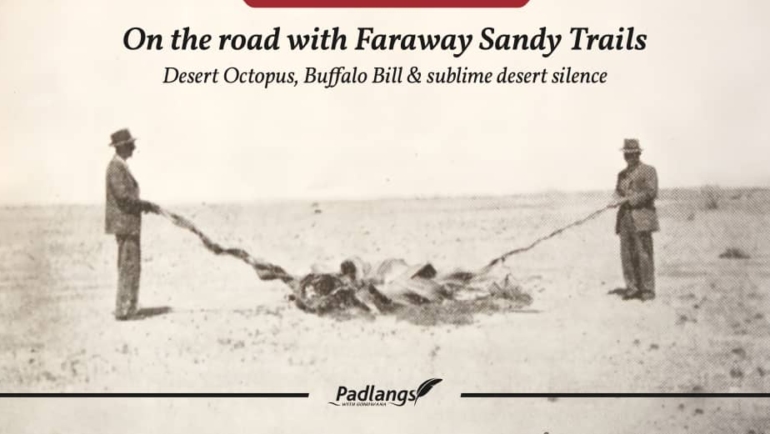
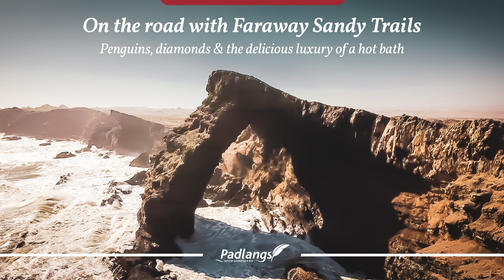
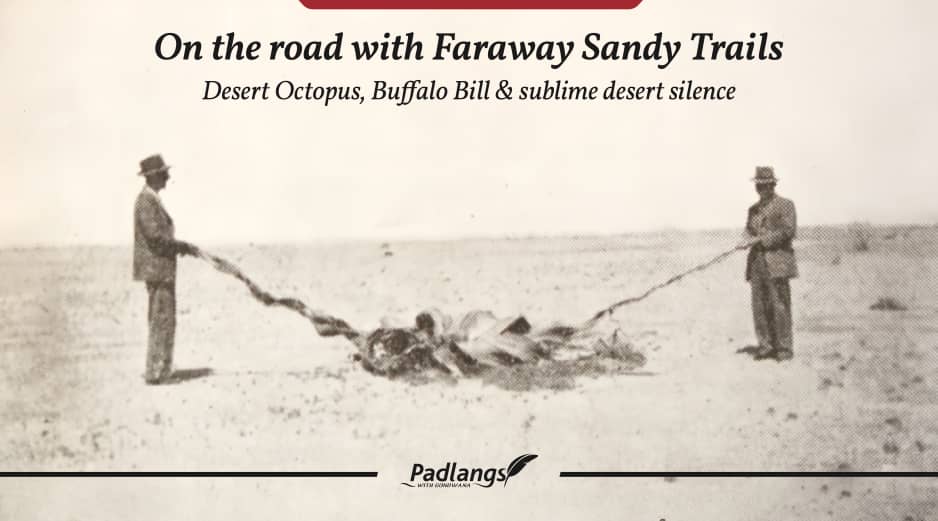


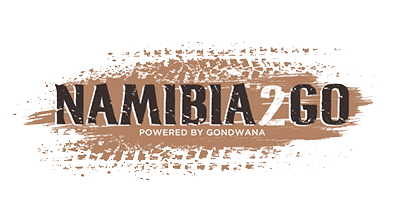

.png)

SUBMIT YOUR COMMENT